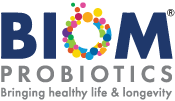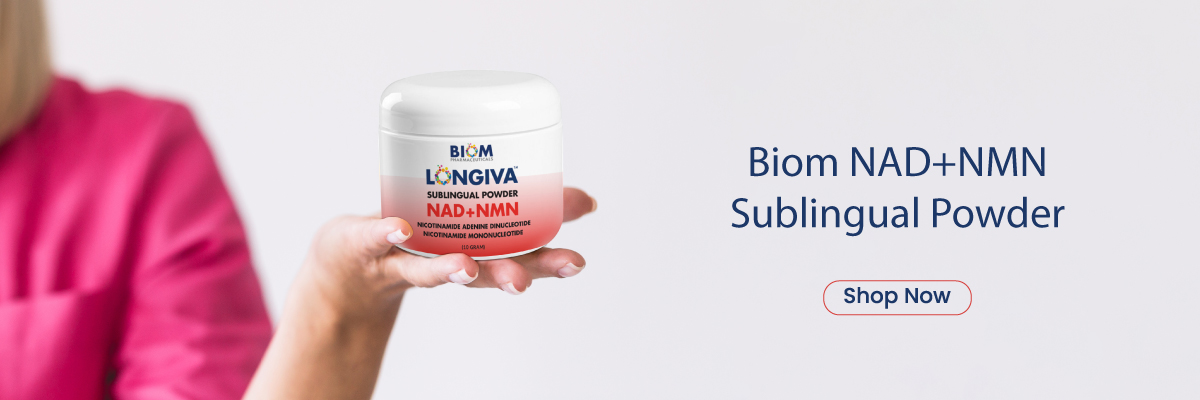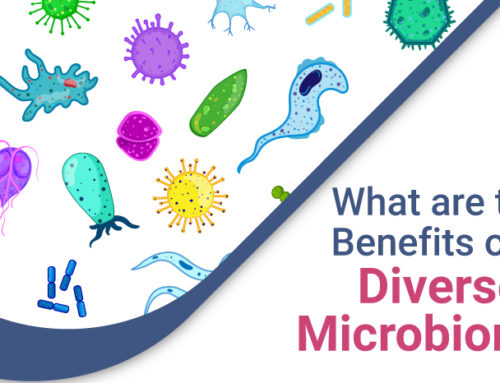In the realm of cellular health and anti-aging supplements, two compounds have garnered significant attention: Nicotinamide Mononucleotide (NMN) and Nicotinamide Adenine Dinucleotide (NAD+). While both are intricately linked and play vital roles in cellular function, understanding their nuances can shed light on their contributions to overall well-being.
1. NMN (Nicotinamide Mononucleotide): The Precursor to NAD+ NMN is a compound that has gained popularity for its role as a precursor to NAD+. It serves as a direct precursor, meaning that it is converted into NAD+ through a series of cellular processes. NAD+ is a coenzyme central to various biological processes, including energy metabolism, DNA repair, and cellular communication. By supplementing with NMN, individuals aim to boost NAD+ levels, supporting cellular functions associated with youthfulness and vitality.
2. NAD+ (Nicotinamide Adenine Dinucleotide): The Cellular Energizer NAD+ is often touted as the “cellular energizer” due to its involvement in critical processes such as ATP production—the primary source of cellular energy. As we age, NAD+ levels tend to decline, impacting cellular functions and contributing to the aging process. Supplementing with NAD+ or its precursors, like NMN, is thought to replenish these levels, potentially promoting better cellular health, improved energy metabolism, and resilience against age-related decline.
3. Bioavailability and Absorption: One key consideration in the NMN vs NAD+ debate is the bioavailability and absorption of each compound. NMN, being a precursor, must undergo conversion processes within the body to become NAD+. Some argue that this conversion may impact the efficiency of NMN supplementation. On the other hand, direct NAD+ supplementation may provide the coenzyme in its active form, potentially bypassing the need for conversion and offering more immediate benefits.
4. Research and Emerging Findings: Both NMN and NAD+ have been subjects of extensive research, with promising findings in areas such as longevity, metabolic health, and cognitive function. However, it’s important to note that the scientific landscape is continually evolving, and more research is needed to fully understand the long-term effects and optimal dosages of these compounds. As of now, the available evidence supports the potential benefits of NMN and NAD+ supplementation but does not definitively establish one as superior to the other.
5. Personalized Approach and Consultation: The choice between NMN and NAD+ may depend on individual preferences, goals, and how the body responds to supplementation. Some individuals may find success with NMN supplementation, appreciating its role as a precursor to NAD+. Others may opt for direct NAD+ supplementation, believing in its immediate availability for cellular processes. As with any supplementation, it’s crucial to approach it with a personalized perspective and, ideally, under the guidance of a healthcare professional who can consider individual health factors.
In the dynamic landscape of cellular health, both NMN and NAD+ offer intriguing possibilities for promoting vitality and resilience. Whether you choose NMN or NAD+, understanding the science, considering bioavailability, and adopting a personalized approach can empower you to make informed decisions on your journey toward optimal cellular well-being.





